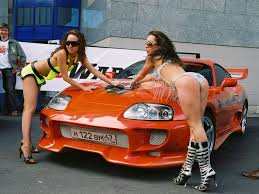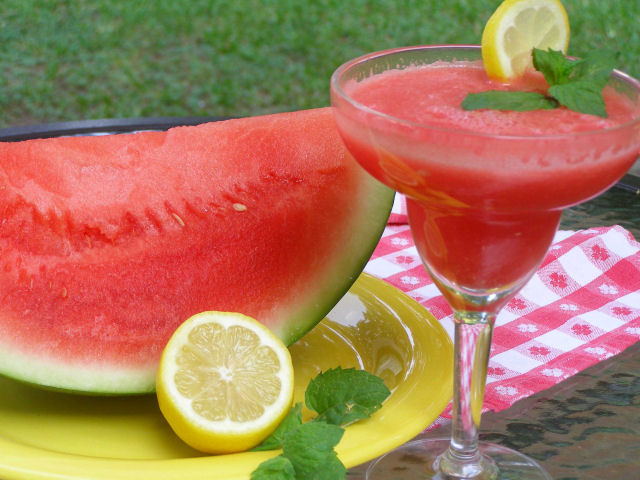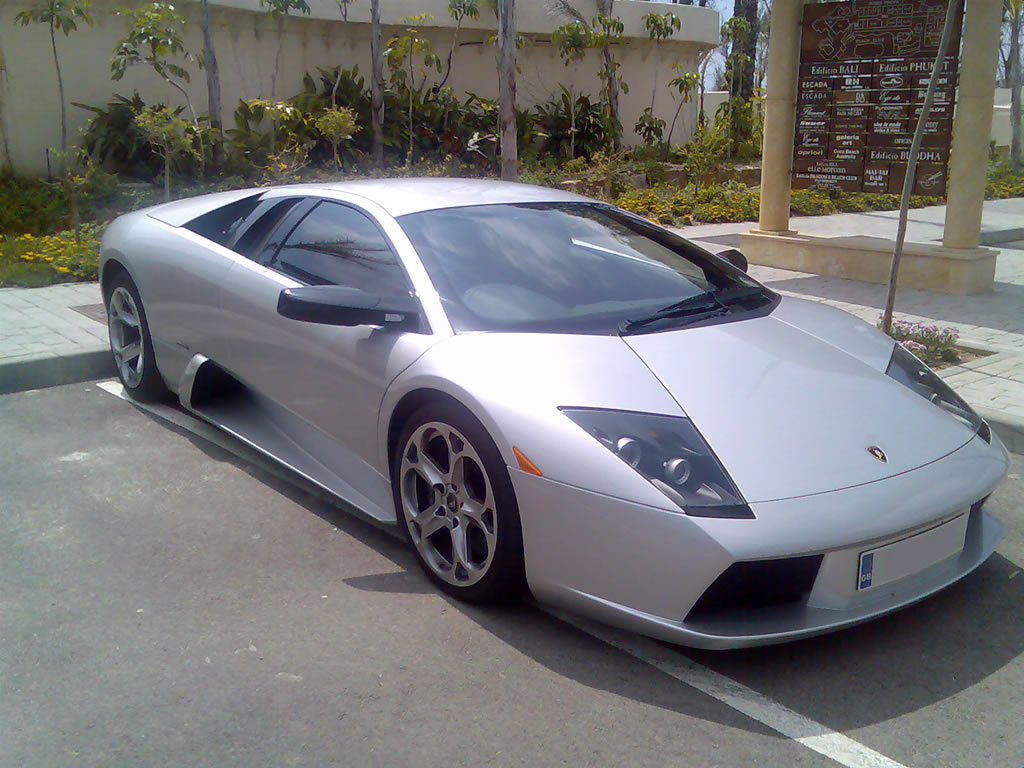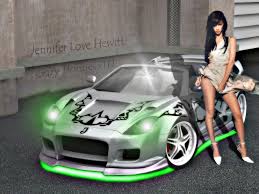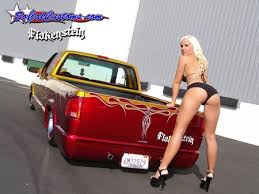
"How fast can you take it?" I ask Craig Spuhler, Rossion's technical engineer and my passenger at this particular moment in time. "About 75 mph with an 85 mph exit speed." I was behind the wheel of a Rossion Q1 winding my way up a 270-degree decreasing radius on-ramp that shoots straight onto Florida's I-95. As Spuhler has put more miles on Rossions than anyone else alive, and I'd been in the car all of 15 minutes, I decided that 65 mph was a nice, sane, journalist-safe speed. Even in fourth gear there was enough twin-turbo'd torque to get me to 80 mph by the end of the ramp. Truth is, I could've done the deed at 75 mph in third, if not much, much faster.
Rossion recently relocated from Ohio to Pompano Beach, FL and invited us to spend the weekend with 'em, flogging their brand-new Q1, thus far their only product. It's hard to talk about the Rossie (pronounced in the Johannesburg accents of owners Dean Rosen and Ian Grunes as "Raw-Zee") without discussing the 2,400-pound Gorilla in the room, the Noble M12 (and to some degree, the more track focused M400). The two cars are very closely related and both come from the Hi Tech Automotive assembly line in Port Elizabeth, South Africa.

Other similarities include the mild-steel space frame, integral four-point roll cage, Getrag six-speed with Quaife LSD, mid-mounted traverse 3.0-liter Ford Duratec V6 fitted with twin-turbochargers and a G.R.P. (a.k.a. fiberglass) body. And that's largely where the similarities stop. The Q1 gets its own optimized Koni dampers, H&R springs, unique sway bars and rear unequal length control arms, though the two cars do share a double wishbone design up front.
Externally, the differences are quite apparent. Whereas the Noble M400 (Rossion happened to have one in the shop for comparison's sake) resembles a caricature of a kit car with its garish, tacked on scoops reminiscent of those found on the original California Special Mustangs and panel gaps you can stick your thumb between, the Q1's a totally different – and altogether more refined – story. Not only do all the body panels look as if they were designed by the same person at the same time, but gap tolerances have been tightened up to less than 5 mm. We found the car quite handsome, though its 96-inch wheelbase makes it look small.


Inside, the two cars are night and day. Rossion has fitted, snug-but-comfy leather-coated, four-way adjustable carbon fiber seats. Not only are they light, but they look sharp. They've also covered up the standard roll bars with Alcantara padding. The rest of the innards are covered by leather and/or aluminum. Cases in points, the pedals are aluminum while the Momo steering wheel is leather wrapped. Those of you with big feet might find the pedal box a bit cramped (size 13 over here), but the pedals do adjust side-to-side. Best of all, as our late August South Floridian weather proved, the air-conditioning blows cold. All in all, a surprisingly pleasant place to be.
Especially on the road. Knowing what we knew about Nobles going in, we rightly assumed the Q1 would be quite quick and handle extremely well. But we didn't expect the ride to be cushy. However, since the steel space frame and roll cage already render the car diamond stiff, Rossion has been able to keep the damping and spring rates out of the spine-smashing range. The Q1 offers a much smoother ride, for instance, than track-focused machines like the Mazda RX-8 R3 or Lotus Elise/Exige. On Florida's smooth concrete roads it was especially subtle. Comfortable, even.

But you're not here to talk about how shockingly pleasant we found the Rossion Q1. You want to know how it drives when pushed. Exceedingly fantastic, we're happy to report. The aforementioned 3.0-liter V6 with twin-turbos produces a glorious 450 horsepower and 390 lb-ft of torque. Redline is 7,200 rpm (turbocharged engines don't need lofty revs) and peak torque occurs at 5,250 rpm. And the Q1 weighs 2,495 pounds, giving it a power-to-weight ratio of about 5.5 pounds per pony. For comparison's sake, a 997 GT2 has a power-to-weight of six pounds per horse.
Calling the Q1 quick is like calling water wet. It's more a question of how quick. Check out these (manufacturer claimed) numbers. 0-60 mph in 3.2 seconds, 0-100 mph in 7.5 seconds, the quarter-mile in 11.1 at about 120 mph and on to top speed of (probably) 185 mph. While the flat-out velocity may not play in the same league as today's supercars, every other number sure does. In fact, should those numbers hold up to scrutiny, the Q1 is one of the quickest production cars the world has ever seen, featuring a 0-60 mph time equal to the McLaren F1, Saleen S7 Twin-Turbo and the Koenigsegg CCX.



Does the seat of this journo's pants agree? We've been extremely spoiled in recent weeks, playing with such monsters as the Nissan GT-R and Lamborghini LP550-2 Valentino Balboni. On one run in particular, with the Q1's blowoff valve venting like a cross between a semi's air brakes and a gasping whale, the Rossion Q1 felt significantly faster than either car. Brutal, violent even. In fact, CEO Dean Rosen claims that when the Q1 laid down those numbers it was a humid, wet day. He figures that 3.1 or even 3 seconds flat to 60 mph is possible. Regardless, its kooky fast.
As quick as the Q1 is, dancing left to right is the little rocket's actual forte. Again, the numbers are silly. The Q1 can pull 1.065 g in either direction and slaughter a slalom at 75 mph. For comparison's sake, A Ferrari Enzo can "only" run the cones at 73 mph (and takes a leisurely 3.4 seconds to reach 60 mph) and it musters "just" 1.02 g around a 200-foot skidpad. Sadly, we and the Q1 were not destined to spend any time on the track together – instead we were stuck playing on off-ramps or mired in Boca Raton traffic. While we experienced moments of unfettered hoonage, the affair was far from ideal. So we phoned up someone who had put the Q1 through its track day paces: drift and rally legend and host of Supercars Exposed, Tanner Foust.




So, we hear you wondering, how much? A typical Q1 with the engine installed by American Speed Factory (the same place that sets up Ferrari Challenge cars, Grand Am Racers and Pro Formula Mazdas) will set you back between $103,000 and $109,000. That's Porsche Carrera S money for a car that will frankly outrun the Turbo. True, you can go crazy with the options list, choosing exotic paint schemes like matte finishes, painted wheels and diamond interior stitching, but even then you're talking about $130,000 or so, a price that's half off what you'd pay for a Ferrari F430 Scuderia.

And speaking of Ferrari, Dean Rosen is considering a Ferrari Challenge-style spec series featuring more track-prepped Q1s (poly bushings and all that). Still not convinced? Does $100,000+ for "just" 450 horses not float your supercar boat? Well, no one is making you go with the Mondeo-sourced 3.0-liter V6. You're free to buy the Q1 sans motor and shove in whatever you like – it's just that no one has done so. In fact, Rosen himself floated the idea of using Ford's new EcoBoost direct-injected twin-turbo 3.5-liter V6, uncorked to the tune of 600 hp. But that's far in the future. For now, it's best to think of the Rossion Q1 as the American (via Britain and South Africa) supercar deal of the decade.
[Source: Autoblog]


